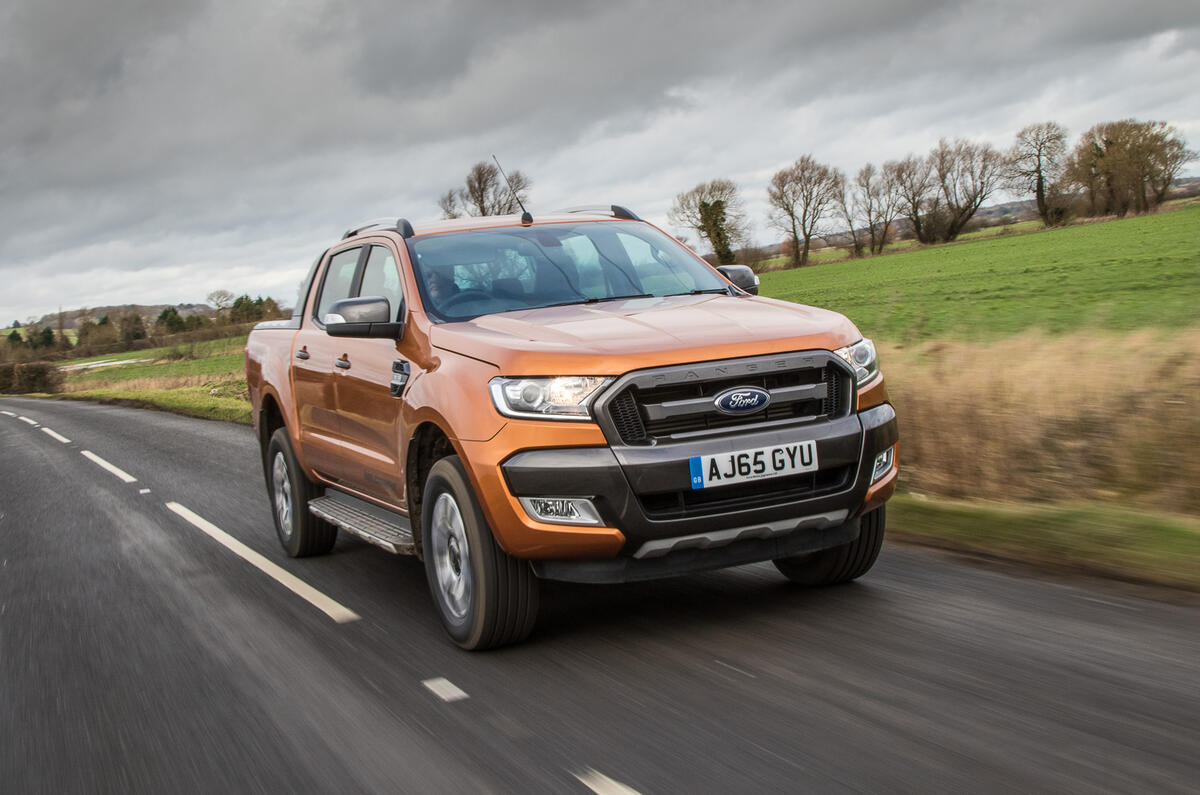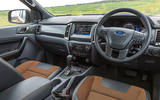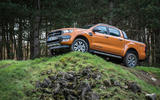It's a good time to be selling the Ford Ranger. While the majority of its cars lose money in Europe, it's left to Ford commerical vehicles to drive the profits.
Yet life selling pick-ups is tougher than ever, simply because there are more rivals than ever making them, from traditional rivals including the Nissan Navara NP300, Toyota Hilux and Mitsubishi L200 to more recent additions like the Volkswagen Amarok and Mercedes-Benz X-Class, and plans for the likes of Hyundai-Kia and Peugeot-Citroen to follow.
When Ford facelifted the Ranger in 2016, it enhanced the equipment levels on all four trims. The two entry-level Rangers – XL and XLT are the most rugged of Ford’s pick-ups, designed to be workhorses rather than majoring on comfort. There are also three bodystyles to choose from too, with Regular, Super and Double Cab models all available.
Opt for an XL model and you can choose the bodystyle you desire and comes with rugged details and fitments, including 16in steel wheels, plenty of moulded plastics, manual tailgate, electronic high and low range box and heated wing mirrors. Inside you will find DAB radio, Bluetooth and USB connectivity, two 12V sockets and electric windows.
Upgrade to the XLT Ranger and you are limited to either the Super or Double Cab variants, however there is a wealth more equipment, including alloy wheels, front foglights, automatic wipers and lights, air conditioning and Ford’s Sync 1 infotainment system.






























